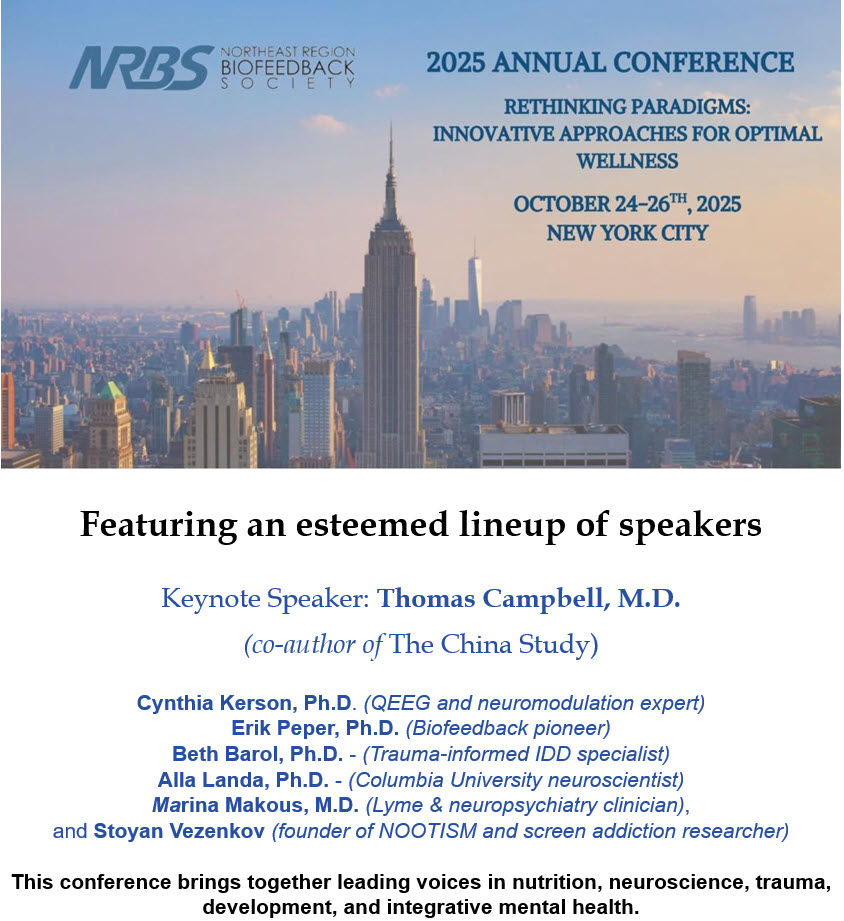Motivational Interviewing: Bridging Ambivalence and Action
- Zachary Meehan

- Sep 23, 2025
- 5 min read
Updated: Oct 18, 2025

Every clinician knows the moment: a client sits across from you, expressing both a desire for change and a deep hesitation to take the first step.
They might say, “I hate feeling anxious all the time,” and in the same breath, “but I don’t think anything will help.” This tension, between wanting to change and fearing the process, is not a barrier to treatment but a characteristic of many mental health issues that bring clients to therapy.
Motivational interviewing (MI) provides a structure for addressing these presentations, not only to address them, but also to use them as an accelerator for change. By integrating MI into therapy, clinicians can help clients transform ambivalence into action.
Why Motivation Matters in Therapy
When clients arrive in therapy, they don’t always come ready to change. Many feel uncertain, ambivalent, or even resistant. Traditional, action-oriented therapies like Cognitive Behavioral Therapy (CBT) assume a readiness to dive into exposures, homework, and new ways of thinking. But for many people beginning treatment, that readiness isn’t there. The result can be stalled progress, frustration, or dropout. MI was designed to address exactly this gap, offering a way to help clients explore ambivalence and build the motivation needed to engage in therapy fully.
From Addiction Treatment to Core Clinical Skill
MI was originally developed in the 1980s to help people struggling with alcohol use. Unlike the confrontational models of the time, it focused on empathy, collaboration, and supporting self-efficacy. Early evidence showed it helped people resolve ambivalence and commit to change. Over time, clinicians realized these principles applied far beyond addiction. MI has been proven compatible with a range of evidence-based therapies, particularly CBT, and is now a standard skill taught in many graduate-level training programs.
What the Research Says
A meta-analysis by Marker and Norton (2018) reviewed 12 clinical trials testing whether adding MI to CBT improved outcomes for anxiety disorders. The results were clear: clients who received MI before or alongside CBT experienced greater reductions in anxiety symptoms than those who received CBT alone.
The effect was moderate in size (Hedges g = 0.59), making MI a meaningful enhancer to an already effective treatment. Importantly, the benefits appeared across disorders—including generalized anxiety disorder (GAD), obsessive-compulsive disorder (OCD), and post-traumatic stress disorder (PTSD)—and did not depend on how many MI sessions were provided. Even one or two sessions were enough to improve outcomes.
Interestingly, dropout rates were not significantly reduced by MI. This suggests that while MI strengthens therapy’s impact, it may not be sufficient on its own to keep people in treatment. Still, the fact that MI consistently improves symptom outcomes highlights its value as an adjunctive tool (Marker & Norton, 2018).
The Core Skills of Motivational Interviewing
The power of MI lies in four core strategies. First, therapists express empathy through reflective listening, helping clients feel understood rather than pressured. Second, they guide clients to explore discrepancies between current behaviors and deeper values or goals. Third, they “roll with resistance,” treating ambivalence as a normal step in the change process instead of a barrier to overcome. Finally, they support self-efficacy, reinforcing clients’ belief that change is possible and that they can achieve it.
These skills are particularly useful in treating anxiety, where ambivalence often shows up in subtle ways. A client with GAD may hate their constant worry but also believe it protects them from future harm. A client with social anxiety may long for connection while fearing humiliation. MI allows therapists to gently surface these mixed feelings, validate them, and guide clients toward a clearer, more empowered stance on change. By doing so, MI helps clients engage more fully with the challenging—but ultimately rewarding—tasks of CBT.
Clinical Example
Consider a young woman starting treatment for panic disorder. She describes hating her panic attacks and feeling trapped in avoidance patterns, yet she also admits, “I don’t know if I can face those exposure exercises. Just thinking about them makes me panic.” Instead of pushing her directly into exposures, her therapist uses MI. By reflecting her ambivalence—“Part of you wants relief from panic, and another part feels terrified of what treatment might involve”—the therapist creates space for her to articulate both sides.
Over several sessions, the therapist helps her explore how her avoidance conflicts with her values of independence and being present for her family. As she voices her own reasons for wanting change, her confidence grows. By the time exposures begin, she is engaged and ready, seeing them as a pathway toward living more fully rather than simply a set of demands imposed on her.
Conclusion
Motivational Interviewing is not a replacement for evidence-based therapies like CBT, but a complement that makes them more effective. By honoring ambivalence, reinforcing autonomy, and fostering self-efficacy, MI helps clients move from uncertainty to action. The research is clear: even brief doses of MI can enhance outcomes across anxiety disorders. In practice, MI provides a way to meet clients where they are—turning hesitation into readiness and readiness into meaningful change.
Clinical Takeaways
MI was developed for substance use treatment but is now a core skill across psychotherapy.
Research shows MI combined with CBT leads to greater symptom reduction for anxiety disorders than CBT alone.
Dropout rates are not significantly improved by MI, but treatment effectiveness is.
Even one or two MI sessions can meaningfully enhance therapy outcomes.
MI works by fostering empathy, exploring discrepancies, rolling with resistance, and supporting self-efficacy.



Glossary
ambivalence: the coexistence of opposing feelings about change, such as wanting relief from anxiety but fearing the process of treatment.
Cognitive Behavioral Therapy (CBT): an evidence-based therapy focused on identifying and changing unhelpful thoughts and behaviors.
Hedges g: a statistical measure of effect size used in meta-analyses to quantify the strength of treatment effects.
motivational interviewing (MI): a collaborative counseling approach designed to enhance motivation for change by exploring and resolving ambivalence.
self-efficacy: a person’s belief in their ability to succeed at making and sustaining changes.
Reference
Marker, I., & Norton, P. J. (2018). The efficacy of incorporating motivational interviewing to cognitive behavior therapy for anxiety disorders: A review and meta-analysis. Clinical psychology review, 62, 1–10. https://doi.org/10.1016/j.cpr.2018.04.004
About the Author
Zachary Meehan earned his PhD in Clinical Psychology from the University of Delaware and serves as the Clinic Director for the university's Institute for Community Mental Health (ICMH). His clinical research focuses on improving access to high-quality, evidence-based mental health services, bridging gaps between research and practice to benefit underserved communities. Zachary is actively engaged in professional networks, holding membership affiliations with the Association for Behavioral and Cognitive Therapies (ABCT) Dissemination and Implementation Science Special Interest Group (DIS-SIG), the BRIDGE Psychology Network, and the Delaware Project. Zachary joined the staff at Biosource Software to disseminate cutting-edge clinical research to mental health practitioners, furthering his commitment to the accessibility and application of psychological science.

Support Our Friends








Comments